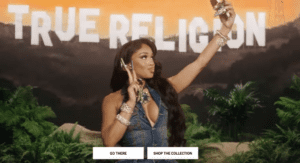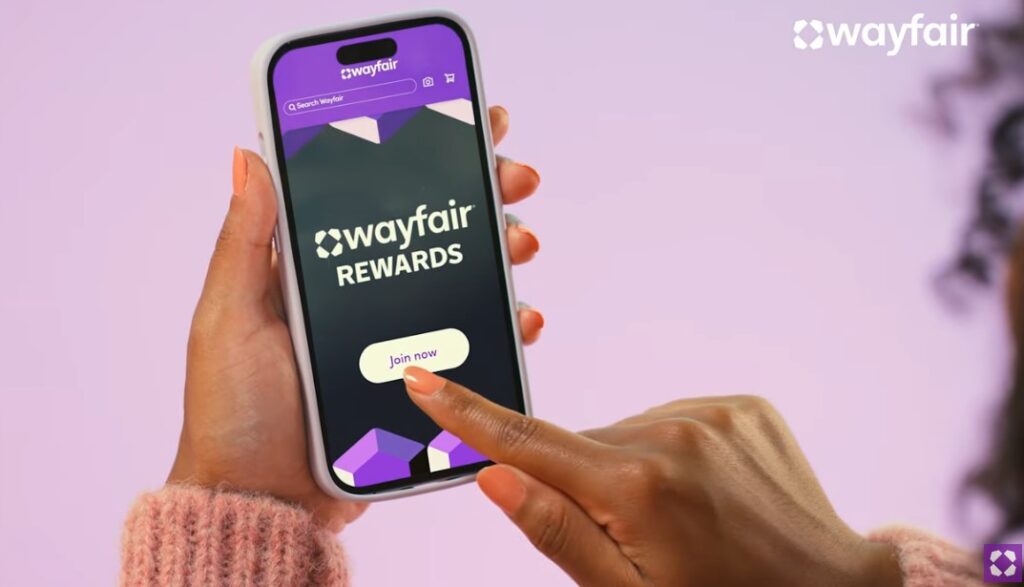 The first influencer programs on platforms like Instagram and YouTube focused on beauty and fashion, but they have since spread to industries such as financial services, publishing, insurance and beyond. So, how do you build an influencer program if you’re not selling makeup or trendy clothes?
The first influencer programs on platforms like Instagram and YouTube focused on beauty and fashion, but they have since spread to industries such as financial services, publishing, insurance and beyond. So, how do you build an influencer program if you’re not selling makeup or trendy clothes?
When we built an influencer program at Investor’s Business Daily, there was no other company in the financial space that was utilizing influencers. That means we learned a lot by trial and error. Here are four key steps for creating an influencer program based on what worked for us and what didn’t.
Step 1: Get the logistics dialed in before you recruit.
- Choose your social platforms based on demographics and data.
Instagram and YouTube are the platforms most associated with influencers, but they may not be optimal for your influencer program. Look at your target demographic and your customer base: Which platforms do they use for social media? For us, it was Twitter, Facebook and a social network dedicated to investing, StockTwits. - Hire a consultant (if you can afford one).
We hired an influencer consulting firm for a limited engagement. Once the foundation was built and our network started expanding, our marketing team took over day-to-day management. Having a consultant helped immensely with the nuts and bolts of developing an influencer program: approaching and vetting new influencers, negotiations and contracts, and many other small obligations that can end up stretching out the implementation timeline. - Use technology (again, if you can swing the cost).
There are several platforms out there for tracking and analyzing influencer marketing programs. This kind of platform makes it easier to manage your influencer relationships, cultivate new relationships, keep track of KPIs and pull reporting. We focused on three metrics when developing requirements for potential influencers: impressions, engagements and total reach. When it came time to evaluate the performance of each influencer, technology made it easy to see if they fulfilled their requirements and met certain metrics.
Other articles you might enjoy:
- Demanding Transparency: Six Ways to Combat Influencer Marketing Fraud
- What Instagram’s Decision to Hide ‘Likes’ Means for Marketers
- Influencer Marketing 3.0
Step 2: Seek out influencers that fit your brand.
- Don’t focus on whales.
It’s usually not worth the investment. With A-listers who do a lot of partnerships, it’s very easy for your message to get lost among the noise of all their other endorsements. The reach might be a mile wide, but the engagement is often an inch deep. Plus, aside from being incredibly expensive, you’ll often have to deal with managers, agents and teams of lawyers—does that sound like the best use of your time when first establishing a program? - Try focusing on mid-level influencers and micro-influencers.
We looked at influencers with 10k-200k followers and recruited over a dozen of the best ones. You’ll probably be able to build your network faster with a number of smaller influencers than you would with a single A-lister. Micro-influencers will have fewer offers from other brands, so they’re more likely to want to work with you to create a deal that is fair for both sides. Being the first in the financial space, we found that many of the influencers we contacted had never been approached by any competing brands. They tended to be more receptive and grateful to us for reaching out to them. - Recruit people who use your product already.
They already know what makes your product unique and better than the competitors’. Their passion and authenticity will come through to their followers. One of our influencer partners, Mark Minervini, had been an IBD subscriber for over a decade and was a power user of our premium stock research platform, MarketSmith. When he posts our stock charts and talks about our stock list performance to his 110k+ followers, he speaks about it as someone with deep knowledge and conviction.
Step 3: Spend smart to control your costs.
- Don’t sign long-term contracts—at least in the beginning.
It’s almost impossible to predict in advance which influencer partnerships will be your best performers. Start with short-term contracts: three months, one month or even a set number of posts. Establish KPIs up front, then track and evaluate them throughout. At the end of your trial period, decide if it’s financially smart to extend the partnership. This keeps your ROI from being weighed down by costly, underperforming agreements. - Don’t have expensive one-off promotions.
Giving away $10,000 or an expensive product in a contest to one follower of an influencer… ultimately reaches one person. You want to build a sustainable, long-term relationship with an audience. Try offering a unique discount to all of their followers—this builds engagement and goodwill between you, the influencer and their audience. - Build a network to reach people across multiple channels.
Ideally, people who follow multiple influencers in the same space will start hearing your message from all different sides, acting as a force multiplier for every influencer marketing dollar spent. We wanted active online investors to say, “Wow, everybody’s talking about IBD. I need to check this out.”
Step 4: Keep your program running smoothly by engaging and adapting.
- Engage with your influencers.
Use your brand’s social media channels to like, share and comment on your influencers’ posts. They’ll really appreciate that you’re engaging with their content and increasing their exposure. We started integrating select influencers further into our brand by featuring them as guests on IBD podcasts and monthly webinars. In turn, our people will go on their podcasts and speak at their events. The end result is one big cross-pollinating ecosystem that benefits everyone involved. - Let your influencers be themselves.
Your brand voice might be different from theirs, but don’t make them change it to match yours. The marketing language you suggest may not fit their personal style. Let them put the message in their own words and it will be better received by their followers. People are aware that influencers are promoting a sponsored product, but dictating a message that sounds inauthentic makes it more likely to be ignored.
Lastly, don’t forget that influencers are people, too. Build strong personal relationships with your influencers and treat them like valued partners. Do little things, like sending them free merchandise or inviting them to visit your offices in person. If your company hosts events, invite them to one as a special guest. Our team recently sent a gift basket to one of our influencers when they had a baby. When your goal is to influence people on a broad scale, sometimes it can start with the impression you make on a single person.
John Becker is CMO of Investor’s Business Daily.



 Network
Network

